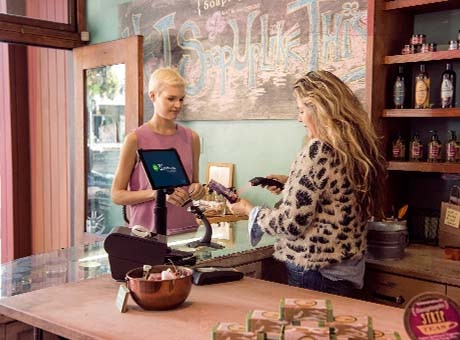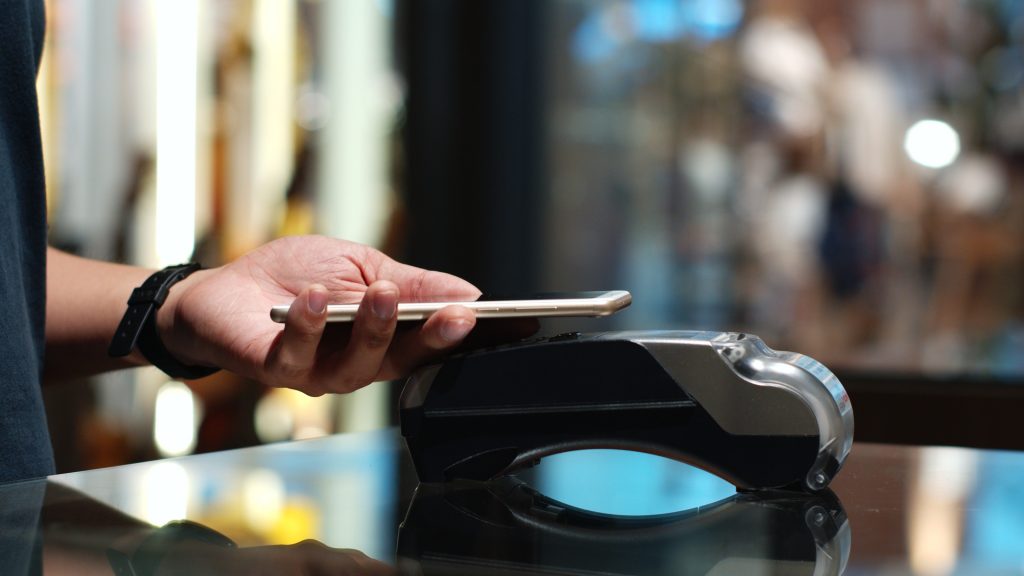“Keep all of your receipts” is almost the first piece of tax advice everybody learns, and for good reason; without an accurate, easily referenced record of the money you’ve spent, you may not be able to answer the Canada Revenue Agency’s request for verification of your business expenses. Learning to organize receipts is especially important for entrepreneurs working in hospitality, auto repair, or other cash-intensive fields, where payments often fly under the radar and audits are frequent. By setting up a good system and sticking to it, you can ensure your company is ready when the inevitable letter comes from the CRA.

How to Easily Organize Your Receipts
Get in the Habit of Asking for a Printed Receipt, and Then Photocopy It
Getting a receipt is easy when you’re buying office supplies, furniture, or Friday afternoon pizza for the team. Most of the time, you’re handed a receipt as soon as you pay for these routine items. One-off transactions or automatically debited expenses, such as the monthly office lease, may not automatically generate paperwork you can keep on hand. A good rule of thumb is to ask for paperwork on every transaction related to your business, regardless of how small or seemingly unimportant it may seem.
Once you have the receipt, get it to the photocopier as soon as you’re back in the office. It seems silly, but the ink used on register tape fades relatively quickly, and the CRA requires taxpayers to keep such records for at least six years. Nothing can be more frustrating than opening your five-year-old receipt folder during an audit and finding nearly blank and illegible slips of paper inside.
Organize Receipts in a Filing Cabinet…Twice
Once you have a permanent record of the day’s transactions on nice, acid-free paper, you’re ready to file it away. You want to do this twice: once for taxes and a second time for your own reference. In the first folder, which you can label “CRA” for the year’s tax filing, stack the receipts together, indexed by date, so you can turn right to the expenses the CRA wants to know about in its request for information. This is also a natural system for long-term retention, when years have gone by and you can no longer remember the exact date when you bought those ballpoint pens but do remember the year.
The second folder should contain the same receipts, but indexed by type rather than by date. This is mostly for your own recordkeeping and expense tracking. With receipts organized this way, you don’t have to look too hard to figure out whether your fuel costs are higher than last year or your capital goods are cheaper. Keep this folder as long as you think you might need it; it’s not for taxes, so there’s no retention rule.
Consider Going Digital
If you deal with a lot of receipts, you can run short of space in your filing cabinets after a few years. Since the CRA allows taxpayers to submit scanned documents online, there’s no downside to scanning your receipts into the computer and keeping image or PDF copies neatly organized on either your hard drive or the cloud.
Another option is to use a specialized receipt-tracking app. This is especially helpful if you’re travelling; keeping a stack of paper with you the whole way would be a burden. Depending on how you travel, you may need more than one app. IQBoxy Expenses, for example, tracks all of your travel expenses and transmits the electronic record to your preferred storage device. TripLog does something similar but is oriented more toward tracking mileage and on-the-road costs. If your company claims wear and tear on vehicles, or if you bill clients for distances travelled, this app can make a world of difference by using your phone’s GPS receiver to establish a sort of travel log that directly translates into either mileage fees on an invoice or vehicle depreciation on your taxes.
When in Doubt, Delegate
Running a business is a lot of work, and keeping track of every receipt adds even more work on top of it. When your company has grown to the point where it’s making multiple purchases a day, or tracking expenses is taking more than a few minutes out of your schedule, it’s time to delegate the job to a clerical employee. To do this effectively, set aside some time to teach your filing system to a clerk or administrative assistant. Schedule an office-wide meeting, or send out a memo, to let everybody know that receipts need to be dropped off with the designated person going forward.
Because you’re trusting another person to file records that can have a major impact on your deductions or exclusions, be sure to check in from time to time and verify that all is well and the records are being kept the way you need them to be. As time passes and you get more comfortable with how your receipts are organized, your checks can get less and less frequent.
Organizing receipts is a time-consuming, but ultimately money-saving, affair. By getting into the habit of collecting, copying, and filing transaction records, you can be sure you’re ready for both the innocuous request for information and the much-feared Notice of Reassessment from the CRA.


